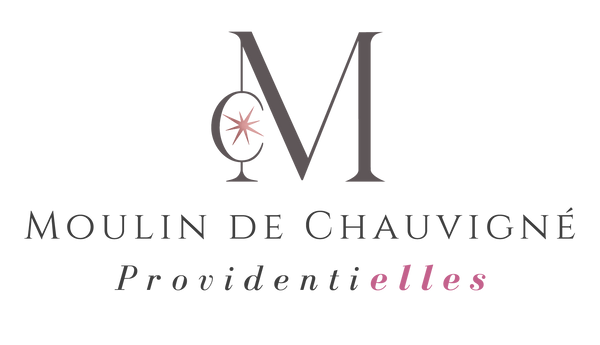
How to make sparkling wines?
Share the article
The first fermentation: Making the base wine
It begins as with a traditional wine: the grapes are pressed to obtain juice, which is then left to ferment. Fermentation transforms the grapes' natural sugar into alcohol using yeast. The result is a "base wine," often light and without bubbles.
The second fermentation: Add the bubbles
To create the bubbles, a second fermentation is carried out. This is done using: Traditional (or Champagne) method: Sugar and yeast are added to the base wine, then it is bottled and sealed with a temporary cork. The yeast consumes the sugar, producing carbon dioxide and aromas. The gas remains trapped in the bottle, forming bubbles! The bottles are then allowed to age to develop the aromas.
Disgorging
After the second fermentation, dead yeast deposits remain in the bottle. These are removed through a process called disgorging. The bottle is tilted, the neck is frozen to capture the deposits, and then they are expelled by temporarily opening the bottle.
The dosage
Before closing the bottle, a small amount of sugar (the dosage) is sometimes added to adjust the final taste. If nothing is added, it is called a "brut nature" wine.
